I know the rent is in arrears
The dog has not been fed in years
It’s even worse than it appears
But it’s alright…
…We will survive
While Jerry Garcia may have sung it nearly 40 years ago, it bears repeating. The news is full of doom and gloom for our beloved industry, but, as always, we will survive. Let’s look for the silver lining and the touch of grey in the headlines.
First, visitation is up, down, or flat, depending on the source. At WISE, we work with many partners, but we appreciate what Community Benchmarks brings as a partner because the program offers the broadest view of a region. Given that the platform is POS agnostic, and the sheer number of wineries reporting (over 500 wineries), we look to their data for the weathervane.
Let’s compare the last two “normal” years – 2019 and 2023. By doing this, we minimize the noise that was 2020-2022. We will look at data provided by Community Benchmarks for Visitation, Conversion to Purchase, and Conversion to Club. Then, we will layer this on top of Mystery Shopping results for the same time period.
Non-Secret #1:
Visitation is off, to the surprise of no one. This is by as much as 32% in the Pacific Northwest to 7% in areas outside Napa (off 18%) and Sonoma (off 20%) in California. There is increased competition within regions in the form of more tasting experiences, competition interstate for guests to visit, and pent-up demand for international travel.

Non-Secret #2:
At the same time, Community Benchmark shows that Member Acquisition rates have dropped significantly during the same time frame of 2019 to 2023.
What happens when the guests are in the tasting room? Again, we turn to Community Benchmarks for the aggregate data, which tells us WHAT is happening compared to our neighbors and historically. Through the WISE Mystery Shopping Program, we can see WHY the business results are what they are. Mystery Shopping covers at least 80 data points, with an opened ended text box behind the binary score for each data point. The program is 15 years old with more than 6,000 shops, giving ample historical data. WISE shoppers evaluate everything, from general cleanliness, ease of making reservations, and quality of print collateral, to professional selling skills like brand storytelling and qualifying the guest. Each WISE shopper is a current professional in the wine industry or has been thoroughly trained by WISE in best practices and standards.


This is aligned with WISE Mystery Shopping results, which show that the rate of our shoppers being verbally invited to join the wine club have dropped, from 2019 average 48% of the time, to just 36% of the time over the same five-year period. So, fewer members coming to the tasting room and are being asked to join less frequently, which results in lower acquisition. This is a perfect storm of exactly what we don’t want – fewer guests coming in, and even fewer of them being asked to join the club than five years ago.
Non-Secret #3:
A further analysis shows that across all regions, the industry’s professional selling skills have softened. We put a lot of effort into training our teams on the nuances of our wines with WSET and other programs and WISE wineries also put the same effort into sales training. Professional training includes, but isn’t limited to, understanding:
- Benefits Sell. Use features and benefits as a natural, helpful sales technique. A feature is what something is. It’s a factual statement about a product or service. A benefit is what something does and answers the question: “What’s in it for the customer?” Features alone don’t usually close the sale. Benefits appeal to the customer’s emotions, which makes the sale. Those who are uncomfortable with sales tend to get stuck in presenting a list of features. When selling the brand, wines, wine club and capturing contact data, use features and benefits approach as a more effective sales tool.
- Sales Seeds. Don’t let Hansel and Gretel be the only ones laying a good trail to follow. The best way to build a connection with guests and give good service is to figure out what their needs/wants are and deliver it. Laying a trail of bread crumbs for your guests on the benefits of buying the wine that they are enjoying, joining the wine club, or staying in touch, is just good service if you’re giving them what they want. Plant those ideas throughout the entire experience and then complete the experience by closing the loop with the Triple Score (1. Ask for the sale. 2. Present the wine club. 3. Collect contact data.)
- Open-Ended Questions & Positive Profiling. Ask open-ended questions to understand more about your customer – what their relationship is with your winery, with wine in general, and what they are going to be most receptive to today. You can accurately profile customers – and then adapt accordingly – by engaging them in conversation. This will give you clues on how to sell to the individual in front of you. The power of positive profiling (rather than pre-judging) and more dialogue is not only that it leads to more sales, but also customer satisfaction is actually much higher because they feel that they had a unique experience, tailored to their preferences.
- Buying Signals. Notice both verbal and non-verbal buying signals. 70% of buying signals are non-verbal. Noticing these buying signals is one step closer to more natural, helpful sales. Helpful sales is an extension of great hospitality – let’s be helpful!
This is the time, now more than ever, to dig in deep to setting sales training standards and holding staff accountable. Find the touch of silver in the grey clouds, just like Jerry sang to us so long ago.




